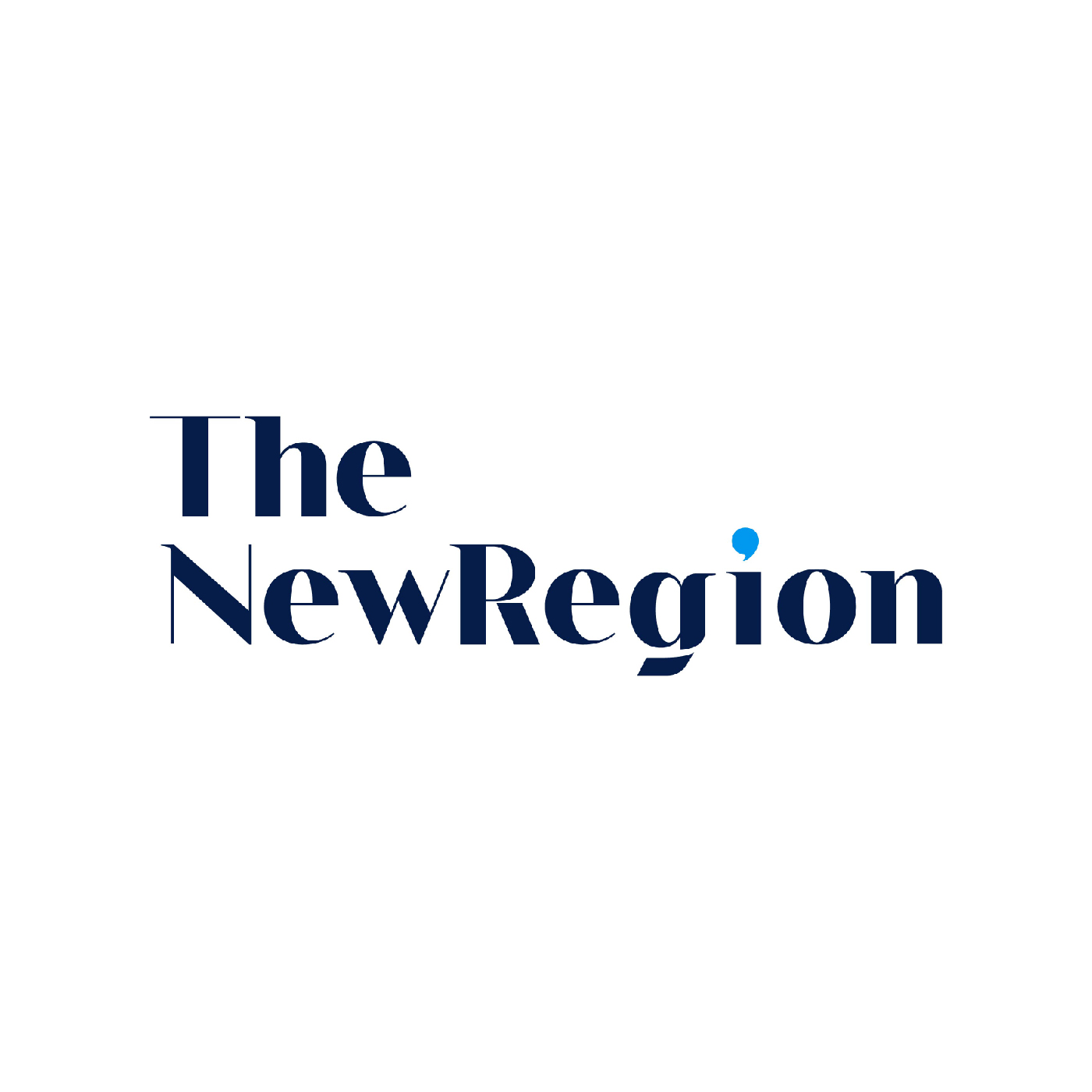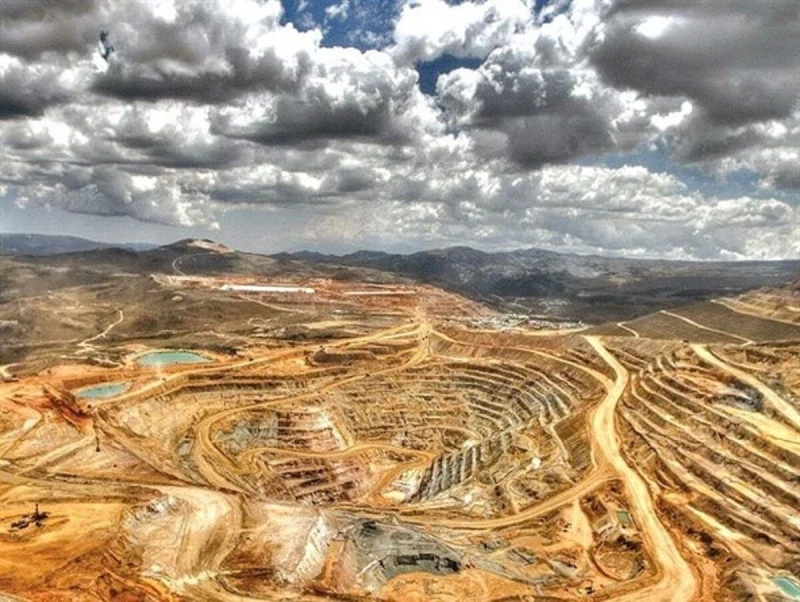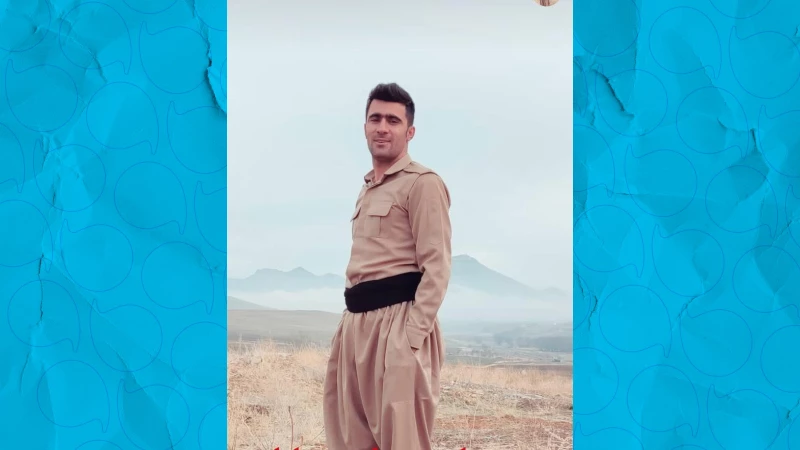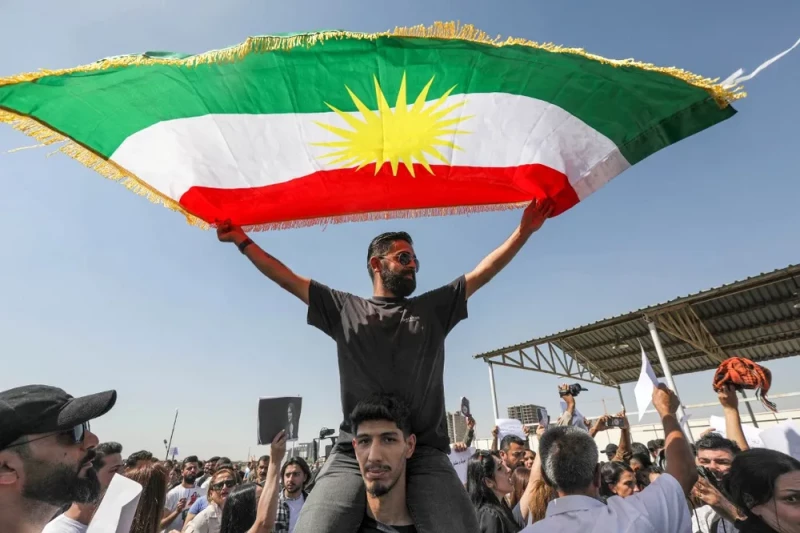LONDON, United Kingdom - The deadly weekend blast at Iran's southern Shahid Rajaee Port has left behind scenes of Armageddon—a total wasteland of scorched containers, mangled trucks, and a sprawling inferno that has claimed over 70 lives.
As hundreds cope with life-threatening injuries and several still remain unaccounted for, the country is reeling from one of the worst disasters in its collective memory.
But amid nationwide grief and trauma, another spectacle is fast unfolding: a cutthroat, fierce, and yet painfully familiar blame game.
Since the very onset of the tragedy, the Iranian public has been grappling with an information fog amid typical state secrecy and unanswered questions surrounding the cause, the individuals or institutions responsible, whether the disaster could be linked to negligence, corruption, or more sinister explanations, and, more importantly, will there be genuine accountability?
In recent days, Iranian authorities have launched a coordinated campaign of deflection. Each powerful arm of the Iranian state—from the Revolutionary Guards (IRGC) to the Mostazafan Foundation and the Defense Ministry—has scrambled to distance itself from the catastrophe.
"It has nothing to do with us," declared Lieutenant Commander Ehsan Moazen, Deputy Head of Public Relations for the IRGC Navy, on Tuesday. "This is a commercial dock, and no military cargo is transported here. We have neither any information nor any mission linked to this matter."
Yet only one day before the commander's statement, evidence began to mount suggesting otherwise. A report by the semi-official ILNA news agency—later removed from its website under apparent pressure—cited Saeed Jafari, the CEO of Sina Marine and Port Services (a subsidiary of the vast and opaque Mostazafan Foundation), who noted that a "very dangerous cargo" had wrongly been labeled as ordinary goods, suggesting the blame lies with other entities.
"Initial assessments and expert evaluations indicate that this tragic event was caused by a repeated and catastrophic error involving false declarations of hazardous goods," Jafari said.
That cargo, according to multiple media reports and satellite assessments, was sodium perchlorate—an oxidizer widely used in solid missile propellants. The material had reportedly been imported by the IRGC from China in March and stored in one of the warehouses before the explosive chain reaction that incinerated the surrounding dockyards and ignited a storm of speculation and outrage among Iranians.
Predictably, Iran's Defense Ministry denied on day one any military connection to the cargo. The ministry spokesperson Reza Talaei-Nik dismissed such reports as foreign media disinformation, claiming no evidence of military-linked goods at the site.
A culture of impunity and scapegoating
To many Iranians, however, such denials continue to ring hollow in a pattern all too familiar.
The opacity, the contradictory statements, the quick scapegoating, and above all, the absence of accountability have long characterized Iran's responses to national disasters. The Shahid Rajaee tragedy is only the latest in a series of calamitous events where promises of full investigations have faded into silence, with no senior official held to account.
To many Iranian critics both at home and in exile, Tehran—and the IRGC in particular—has responded to disasters of the sort in a recurrent cycle of cover-up and rejection.
On Monday, Interior Minister Eskandar Momeni—speaking from the blast site—blamed "negligence" as a key factor, citing failure to observe safety protocols and passive defense measures. Several individuals, he confirmed, had been summoned for questioning.
The statement fueled speculation that the state will ultimately scapegoat a few individuals for their "human errors" without bringing to justice the true perpetrators and powerful substations widely accused of being behind those tragedies, rooted in their systemic corruption and disregard for ordinary lives in the pursuit of the ruling establishment's wider regional and ideological agendas.
To many, "negligence" serves as a feeble semantic cop-out used to protect Iran's near-untouchable institutions from deeper scrutiny.
The Mostazafan Foundation, a multi-billion-dollar conglomerate under the direct supervision of Supreme Leader Ali Khamenei, and the IRGC, the most powerful military and economic corporation in the country, have rarely been subject to judicial consequences—no matter the scale of their failures.
The two institutions reporting only to the supreme leader are facing allegations from the public of violating protocols through a web of lies and concealment, using the trade warehouse as a "human shield" to hide solid fuel components linked to Iran's missile program.
For now, eyewitness accounts, leaked customs documents, and expert testimony increasingly suggest that false declarations and deliberate mislabeling of hazardous military materials—potentially to bypass international scrutiny—were at the very core of the port explosion.
As Iranians are mourning with rage and frustration, pictures are trickling in of the suffering that has overwhelmed the victims' families. One video appeared to have embodied all the pain, showing a man weeping among the burned wreckage after his search for the body of his missing brother—a worker at the site—had led him nowhere, leaving him with the tough question of how to return home empty-handed and "what to tell my waiting nephew and my mother?"
And amid the human tragedy, a political one unfolds in real-time—a crisis of trust.
Calls for transparency are growing louder, not only among Iran's opposition abroad but from within the country. The Shahid Rajaee blast has become not just a symbol of a deadly accident—but of state dysfunction.
Deepening state-nation divides
And Iranians are reflecting upon recent history: In 2020, the IRGC shot down Ukraine International Airlines Flight 752, killing all 176 people on board. It lied to the public for three days before admitting to a "human error"—albeit under mounting international pressure and evidence.
The Plasco Building in Tehran collapsed in 2017, killing 16 firefighters. Investigations pointed to a chain of ignored warnings on structural faults. Yet no high-ranking official was punished.
In 2018, the Sanchi oil tanker collided and burned in the East China Sea, killing 32 crew. The lack of transparency and the eventual handling of the incident continue to be widely condemned.
In 2022, the Metropol Tower in the southwestern city of Abadan collapsed, killing over 40 people. It was traced back to corruption and illegal construction permits signed off by influential local authorities—still, little came of the promised crackdown.
Earlier tragedies, including the Neishabur train explosion and the schoolgirls' fire incident in the Kurdish village of Shinabad in 2012, also followed the same script: outrage, promises, committees—eventual silence.
In each and every one of those tragedies, the Iranian government vowed to get to the bottom, while the truth was buried under bureaucracy, fear, and political insulation.
At Shahid Rajaee Port, the smoke still lingers. Families are still identifying bodies. The site remains a wasteland of destruction, eerily reminiscent of the 2020 Beirut port blast, only more tightly controlled.
With the emotive headlines slowly fading, the narrative will also be shifting to technicalities. A few mid-level operators might face consequences. But the systemic failures, culture of impunity, and layers of corruption that warranted the catastrophe are unlikely to ever be touched.
And if history is any guide, the recent port tragedy—like its predecessors—will be swept under the rug. What remains on the surface, however, is a widening gulf between the state and the nation, with the former steadily losing the latter's trust.

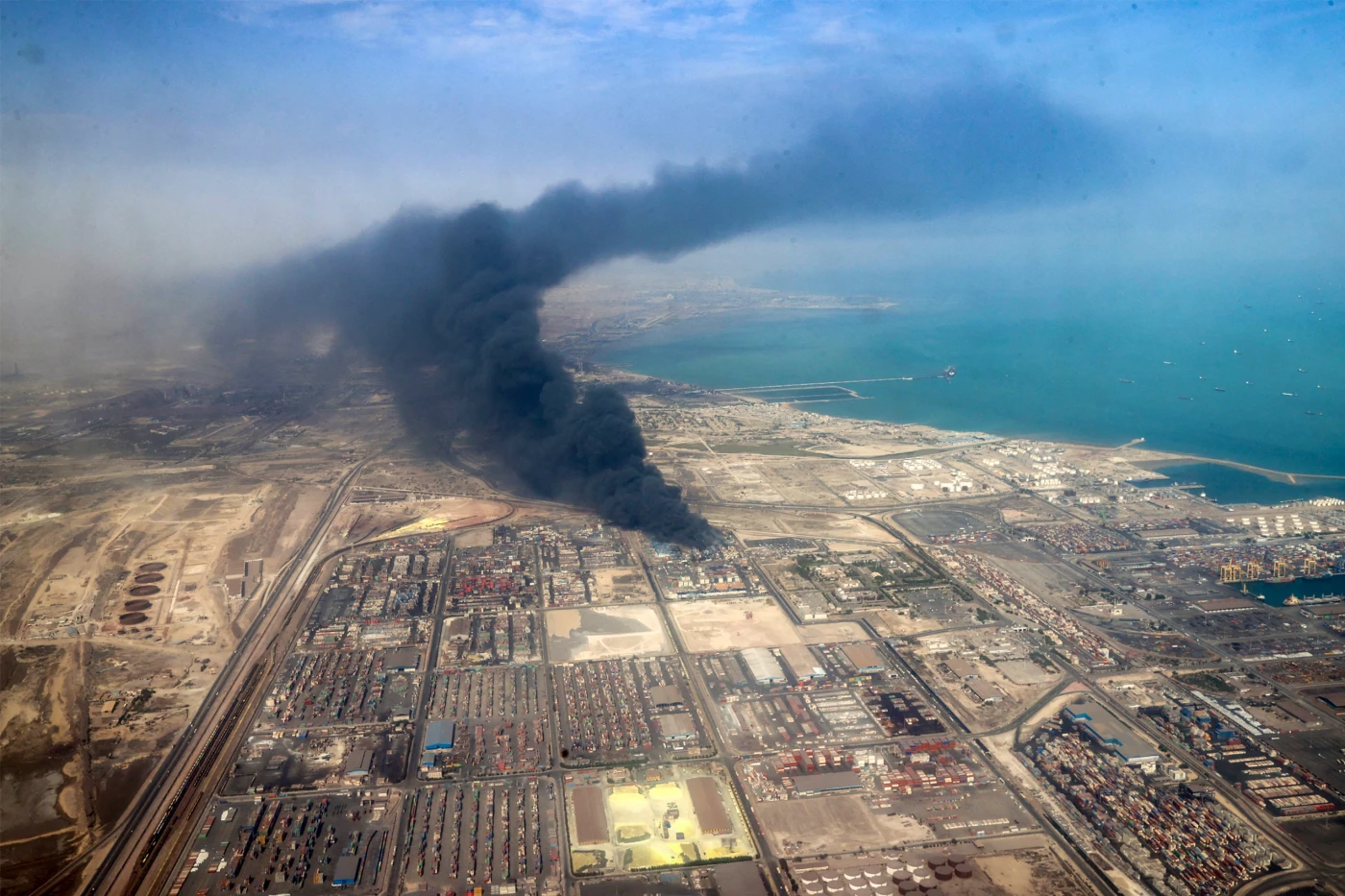
 Facebook
Facebook
 LinkedIn
LinkedIn
 Telegram
Telegram
 X
X
